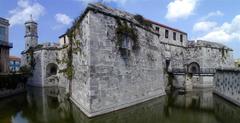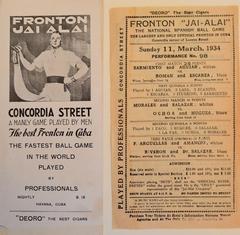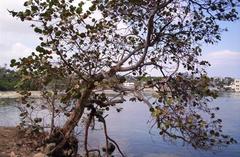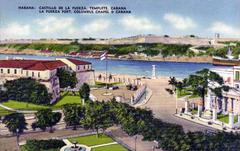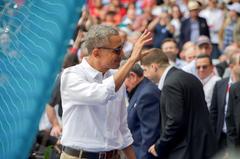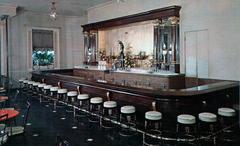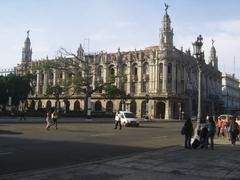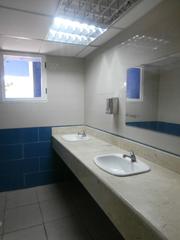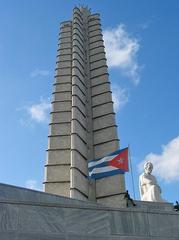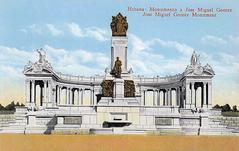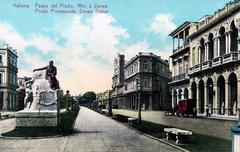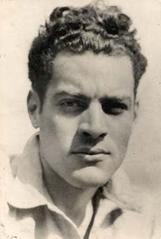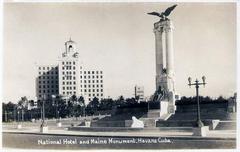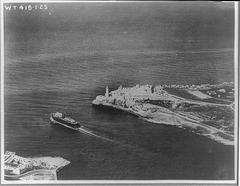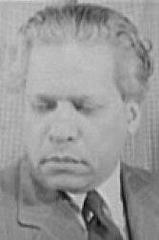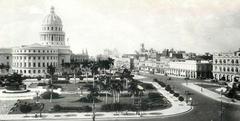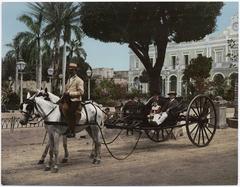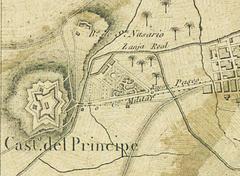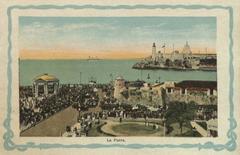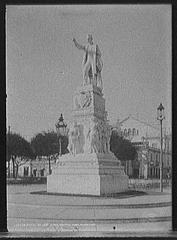Visiting Lourdes SIGINT Station, Havana Province, Cuba: Visiting Hours, Tickets, and Travel Tips
Date: 04/07/2025
Introduction
Located just south of Havana, the Lourdes Signals Intelligence (SIGINT) Station stands as a powerful symbol of Cold War espionage and international intrigue. Although Lourdes itself is closed to the public, its historical significance and the shifting dynamics of intelligence partnerships make it a must-know site for travelers, history buffs, and geopolitical scholars. This comprehensive guide explores the station’s history, operational legacy, contemporary status, and practical travel advice for discovering Havana’s Cold War heritage.
For deeper reading, see Intelligence Fandom, CSIS, Eurasia Review, and House.gov.
Table of Contents
- Introduction
- History of Lourdes SIGINT Station
- Visiting Lourdes Station Today
- Practical Travel Tips for Havana
- Contemporary Geopolitical Dynamics
- Frequently Asked Questions (FAQ)
- Summary and Final Advice
- References
History of Lourdes SIGINT Station
Origins and Construction (1962–1964)
Established in the aftermath of the Cuban Missile Crisis, the Lourdes SIGINT Station was built to provide the Soviet Union with a major intelligence-gathering foothold near the U.S. Construction began in July 1962, and the site quickly grew to cover approximately 73 square kilometers (28 square miles). Its proximity—less than 150 kilometers from Key West—made Lourdes an ideal site for intercepting U.S. military, diplomatic, and commercial communications. (Intelligence Fandom)
Cold War Operations (1964–1991)
Officially operational by 1964, Lourdes became the largest Soviet (and later Russian) intelligence station outside the USSR. At its peak, it employed more than 1,500 Soviet and Cuban intelligence personnel, alongside technical and security staff. The facility targeted a wide range of signals, including microwave, satellite, and shortwave transmissions, providing Moscow with up to 75% of its U.S.-related intelligence during the height of the Cold War. (CSIS)
Post-Soviet Era (1991–2001)
Following the USSR’s collapse, Russia continued operating Lourdes, paying Cuba an estimated $200 million annually. The base was modernized and even allegedly shared with Chinese intelligence in 2000. Lourdes remained a critical source of intelligence for Moscow, with Cuban leadership emphasizing its importance for both nations. (Eurasia Review)
Closure and Transformation (2001–2002)
In 2001, President Vladimir Putin announced Lourdes’ closure, citing costs and shifting intelligence needs. The move coincided with warming Russian-U.S. relations after 9/11. By 2002, the facility had been shut down and repurposed as the University of Information Science (UCI), marking Cuba’s pivot toward education and IT development. (Intelligence Fandom)
Contemporary Developments (2014–Present)
Despite its official closure, periodic reports emerge suggesting renewed interest from Russia and China in utilizing Lourdes and similar facilities for intelligence operations. Satellite imagery and investigative reports point to ongoing upgrades or related activity on the site and elsewhere in Cuba. (CSIS)
Visiting Lourdes Station Today
Accessibility, Visiting Hours, and Tickets
Can you visit Lourdes SIGINT Station?
No. Lourdes remains strictly off-limits to the public due to its sensitive nature and its current use as a university campus. There are no visiting hours, tickets, or guided tours available. Approaching the facility or photographing it can lead to legal issues.
Alternative: Experience Havana’s Cold War Legacy
While Lourdes itself is inaccessible, Havana is home to numerous landmarks that shed light on Cuba’s complex international history:
- Museum of the Revolution (Museo de la Revolución): Cuba’s political history and international relations.
- Plaza de la Revolución: Iconic political square with monuments to Cuban leaders.
- Old Havana (Habana Vieja): UNESCO-listed district with colonial architecture and vibrant street life.
- Castillo de la Real Fuerza: Historic fort with panoramic views.
These sites are open to visitors and offer a meaningful context for understanding the significance of Lourdes and Cuba’s role in global affairs.
Practical Travel Tips for Havana
Transportation:
Taxis, classic cars (“almendrones”), public buses, and Viazul intercity buses are common. Negotiate fares in advance.
Accommodation:
Choose from luxury hotels or “casas particulares” (private homestays), which offer authentic Cuban hospitality.
Money:
Bring cash in Euros or USD, exchange at official CADECA offices. U.S. bank cards are not accepted.
Internet:
Wi-Fi is available in hotels and parks via prepaid ETECSA cards. Download maps and translation apps in advance.
Safety:
Havana is generally safe, but petty theft occurs. Carry copies of documents, avoid restricted areas, and be aware of local regulations regarding photography.
Entry Requirements:
Most visitors need a visa or tourist card. E-visas are available for up to 90 days. U.S. citizens must comply with special travel categories.
Language:
Spanish is the official language. Basic knowledge or translation apps are helpful.
Cultural Etiquette:
Cubans are hospitable. Dress neatly, respect restricted sites, and tip 10% in restaurants.
Contemporary Geopolitical Dynamics
Chinese Intelligence Presence:
Recent reports indicate Chinese use of former Soviet/Cuban SIGINT sites, including Lourdes and Bejucal, reflecting ongoing regional intelligence activity. (CSIS)
Russia-Cuba Relations:
While Russia’s direct presence at Lourdes has diminished, strategic ties endure, with Cuba balancing relations between major powers. (Eurasia Review)
Frequently Asked Questions (FAQ)
Q: Can I visit Lourdes SIGINT Station?
A: No, the facility is off-limits and serves as a university campus.
Q: Are there Cold War or intelligence-themed tours in Havana?
A: Yes, several operators offer guided tours of Havana’s Cold War heritage, including relevant museums and public sites.
Q: What are the best historical sites in Havana?
A: Museum of the Revolution, Plaza de la Revolución, Old Havana, and Castillo de la Real Fuerza.
Q: Is it safe to travel near Lourdes?
A: Yes, but always respect restricted zones and follow local laws.
Q: Can I photograph Lourdes from outside?
A: No, photography is prohibited and may result in penalties.
Summary and Final Visitor Advice
The Lourdes SIGINT Station remains a testament to Cold War tensions and Cuba’s strategic role in international intelligence. While closed to the public, its legacy is felt throughout Havana’s museums, landmarks, and cultural sites. For those eager to explore Cuba’s complex past, focus on accessible attractions, guided tours, and responsible travel practices.
Stay informed, respect local restrictions, and immerse yourself in Havana’s vibrant history. For the latest updates, curated travel experiences, and exclusive content on Cuba’s historical sites, download the Audiala app and follow our blog.
References and Further Reading
- Lourdes SIGINT Station in Cuba: History, Operations, and Legacy of a Cold War Intelligence Hub, 2024
- Exploring the Historical Lourdes SIGINT Station in Havana: Visitor Information and Geopolitical Significance, 2024
- Friends Reunited: The Renaissance in Russia-Cuba Strategic Ties, 2024 Eurasia Review
- House.gov Hearing on Intelligence and Security, 2025

